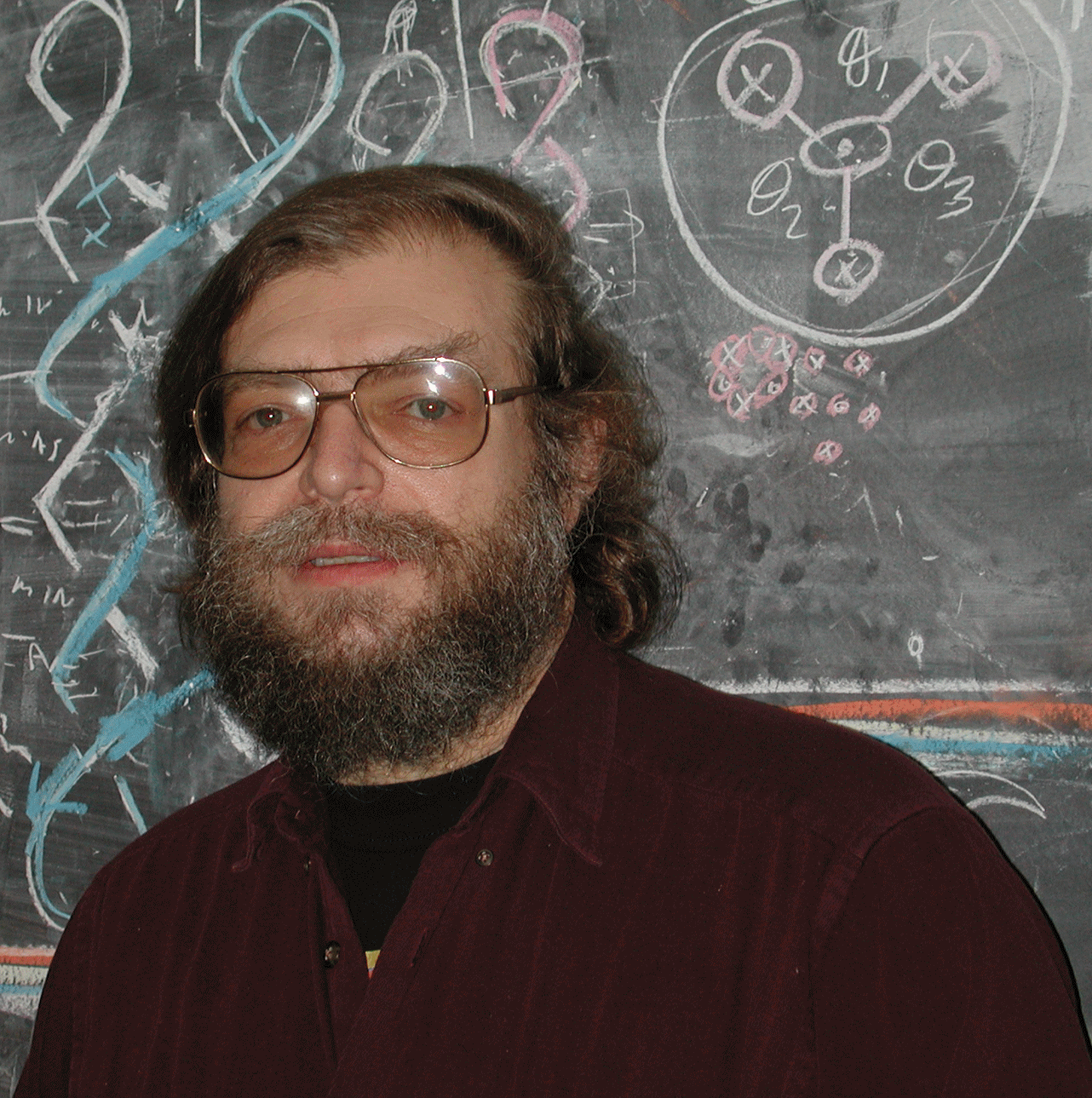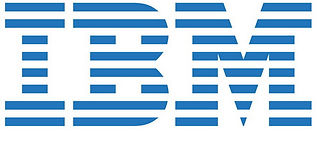

TIMELINE
Although Nanotechnology had been used around ancient Roman times, the scientific Nanotechnology movement had initially began to take off aound 1859, all credited to a genius, Richard Feyman; Thanks to him the movement continues to transform our world today and will impact the future heavily.




2014
The National Nanotechnology Initiative "releases the updated 2014 Strategic Planning, as well as the 2014 Progress Review on the Coordinated Implementation of the NNI 2011 Environmental, Health, and Safety Research Strategy." (3.1)
Stanford researchers develop the first carbon nanotube compute (3.1)
2013
2012
The NNI launched two more Nanotechnology Signature Initiatives (NSIs)--"Nanosensors and the Nanotechnology Knowledge Infrastructure (NKI)--bringing the total to five NSIs." (3.1)
2010
IBM "used a silicon tip measuring only a few nanometers at its apex (similar to the tips used in atomic force microscopes) to chisel away material from a substrate to create a complete nanoscale 3D relief map of the world in 2 minutes and 23 seconds. This activity demonstrated a powerful patterning methodology for generating nanoscale patterns and structures as small as 15 nanometers at greatly reduced cost and complexity, opening up new prospects for fields such as electronics, optoelectronics, and medicine." (3.1)
2009
Nadrian Seeman and colleagues at New York University," created several DNA-like robotic nanoscale assembly devices. One is a process for creating 3D DNA structures using synthetic sequences of DNA crystals that can be programmed to self-assemble using “sticky ends” and placement in a set order and orientation. Nanoelectronics could benefit in the flexibility and density that 3D nanoscale components allow. Another Seeman creation (with colleagues at China’s Nanjing University) is a “DNA assembly line.” For this work, Seeman shared the Kavli Prize in Nanoscience in 2010." (3.1)

2007
Angela Belcher and colleagues at MIT built a"lithium-ion battery with a common type of virus that is nonharmful to humans, using a low-cost and environmental process. The batteries have the same energy capacity and power performance as state-of-the-art rechargeable batteries being considered to power plug-in hybrid cars, and they could also be used to power personal electronic devices." (3.1)
2003
Naomi Halas, Jennifer West, Rebekah Drezek, and Renata Pasqualin at Rice University,"developed gold nanoshells, which when “tuned” in size to absorb near-infrared light, serve as a platform for the integrated discovery, diagnosis, and treatment of breast cancer without invasive biopsies, surgery, or systemically destructive radiation or chemotherapy." (3.1)

1990s-Early 2000s
Consumer products begin using nanotechnology and becomes open to the marketplace (3.1)
 (3.5) |
|---|
 (3.6) |
 (3.7) |
 (3.8) |
1991
Sumio Iijima of NEC is credited with discovering the carbon nanotube
(3.1)
1974
Tokyo Science University Professor Norio Taniguchi, "coined the term nanotechnology to describe precision machining of materials within atomic-scale dimensional tolerances." (3.1)
1959
Richard Feynman, "of the California Institute of Technology gave what is considered to be the first lecture on technology and engineering at the atomic scale, "There's Plenty of Room at the Bottom" at an American Physical Society meeting at Caltech." (3.1)


(3.2)
(3.4)
(3.1)
(3.1)
(3.9)
4th Century
The first glimpse of Nanotechnology was the Lycurgus cup, which was found in Ancient Roman times and surprisingly included some nanotechnology aspects called dichroic glass.

(4.0)

(4.1)

(4.2)



